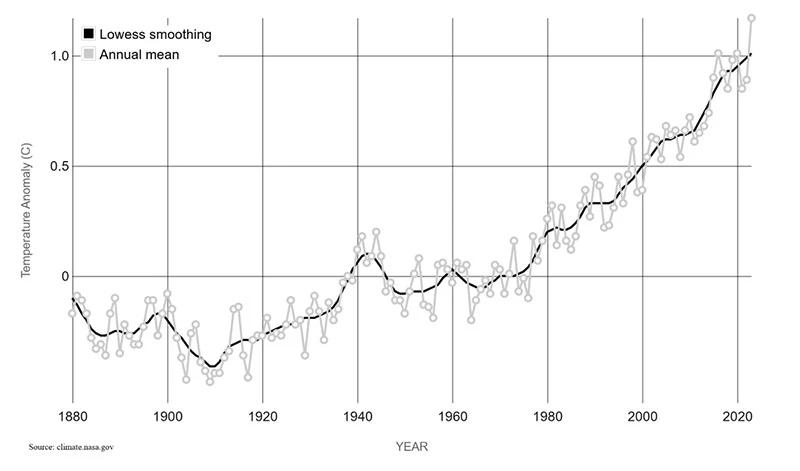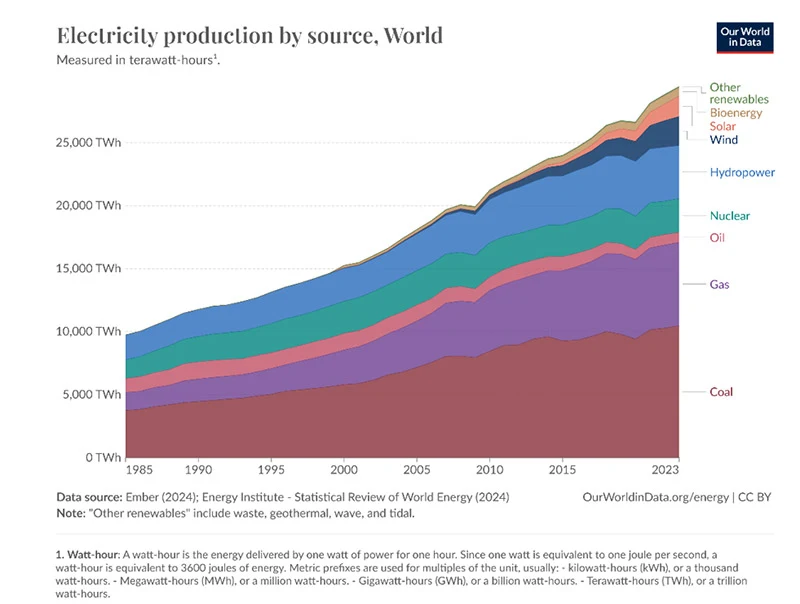免责声明
荷宝私募基金管理(上海)有限公司及其关联公司(“荷宝”)授予您访问本网站的权利, 但您需遵守以下条款和条件。请您仔细阅读以下条款和条件。
访问本网站及其任何页面, 即表示您声明并保证您所在司法管辖区的适用法律和法规允许您访问该信息, 并且您已同意以下条款和条件。如果您不同意这些条款和条件, 请不要访问本网站。 荷宝保留更改该等条款和条件的权利, 您应当定期查看此类更改, 您继续使用本网站即表示同意所有此类更改。
本网站上的任何内容均不构成税务、会计、监管、法律、保险或投资建议。本网站所载的信息或任何意见均不构成荷宝对买卖任何证券、期货、期权、基金或其他金融工具的招揽或要约, 并且若在任何司法管辖区内, 根据其适用法律, 此类要约、招揽、购买或出售是违法的, 也不得向任何人提供或出售任何此类金融工具。
限制
本网站不针对由于任何原因本网站被禁止发布或使用的司法管辖区内的人士, 任何适用此类禁令的人士不得访问本网站。访问本网站的用户有责任遵守适用法律法规。
信息与材料
这些页面中包含的信息, 材料, 条款, 条件和说明可能会有所变化。本网站包含的信息和材料, 包括但不限于文本, 图形, 链接或其他项目, 均为“现有”或“现存”信息。
荷宝尽合理努力在本网站中提供准确和最新的信息。但是荷宝不保证此信息和材料的准确性, 充分性或完整性, 并明确表示不对此类信息和材料中的错误或遗漏承担责任。您必须自己评估本网站所含信息的相关性, 准确性和充分性, 并进行您认为必要或适当的独立调查, 以进行此类评估。本网站包含的任何意见或估计均为一般性的, 您不得依赖其作为建议。
荷宝及其任何雇员或代理均未对您或任何特定人士或群体的投资目标, 财务状况或特殊需要进行任何考虑或调查。因此, 对于因您或任何人士或群体根据本网站包含的任何信息, 意见或估价而直接或间接造成的任何损失, 荷宝不作任何保证, 也不承担任何责任。
用于编制本网站的任何研究或分析均由荷宝获得, 供其自行使用, 并且可能是出于其自身目的而采取的行动。荷宝保留随时更改和更正意见、本网站及相关材料和链接的权利, 恕不另行通知。
不保证: 限制与责任
荷宝提供本网站的信息及材料, 但不作出与此相关的任何保证, 无论是明示的, 暗示的或法定的保证, 包括但不限于不侵犯第三方权利, 所有权, 适销性, 适用于特殊用途, 或免于计算机病毒的保证。
对于通过使用或访问本网站可能导致的任何形式的损失或损害, 包括直接的、间接的或后果性的损害, 荷宝均不承担责任。
互联网用户应该意识到, 由于我们无法控制的情况,
互联网上的通信可能会受到干扰、传输中断、数据传输延迟或错误的影响。荷宝明确表示不对中断、缺陷、操作或传输延迟、计算机病毒或系统故障,
或与本网站提供的信息和材料中的任何错误或遗漏承担责任。此外, 对于与本网站、使用或无法使用本网站有关或由此引起的任何损失或损害,
或任何未经授权方和任何计算机病毒篡改用户计算机系统的行为, 荷宝均不承担责任。
Sustainable Investing
Net zero investments
Net zero investments target companies reducing their carbon footprints to zero, which is crucial for transitioning to a global low-carbon economy. Achieving the Paris Agreement's 1.5 °C goal requires carbon neutrality by 2050. With NASA reporting 1.2 °C warming by 2024, trillions in decarbonization investments and phasing out fossil fuels are essential to meet this target.

Global warming reached 1.17 °C in 2023. Source: NASA.
Transition investments
This has driven popularity in transition investments targeting companies that can make a difference to decarbonization. Some examples are fairly obvious, such as renewable energy, carbon capture or reforestation. But the biggest opportunities lie in the transition to lower carbon, such as companies changing industrial processes, developing green steel and low-carbon cement, adopting recycling to reduce resource use, and switching to biodegradable packaging.
Net zero investing has become a major issue for the whole financial industry. Robeco signed the Net Zero Asset Manager Commitment in December 2020 and published a roadmap in October 2021 explaining how this can be achieved. The roadmap is based on three pillars: decarbonizing all assets by an average of 7% a year; accelerating the transition through active ownership, and promoting climate-aligned investing. 1
Net-zero strategies
Robeco now offers a range of climate-oriented investment strategies, some directly targeting the transition itself, and others following Paris-aligned benchmarks, where the underlying assets are aligned with the Paris Agreement temperature goals. Strategies targeting the Sustainable Development Goals are also aligned with the net-zero oriented goals such as SDG 13 (Climate action).
Very few investments have so far achieved net zero, and those that are face their own sustainability risks. Nuclear power, for example, has zero emissions, and is often seen as a great alternative to generating energy from coal, oil or gas. But it has its own risks, not least in the chance of nuclear accidents such as in Chernobyl, and the ongoing dilemma about how to safely store nuclear waste.

The growing use of clean energy is a major investment opportunity. Source: Our World in Data.
Decarbonizing companies and industries
Many companies are individually working towards net zero to avoid any future legislative or regulatory penalties for their emissions. Tech firms are trying to offset the huge emissions of their data centers by using green energy, or through reforestation. Carmakers are investing heavily in producing all-electric fleets, partly due to the threat of bans on internal combustion engines in the 2030s or beyond. 2
Some industries are also much harder to abate emissions than others. Airlines, for example, cannot be electrified like cars under current technology, while steel and cement production require high temperatures that can only be achieved in blast furnaces. Electric arc furnaces are gradually replacing those using coal, but they are much more expensive, and progress has been slow. Cement production causes emissions through the clinkering process which cannot currently be avoided.
Carbon credits, carbon capture
These hard-to-abate industries, and the investors in them, are increasingly using carbon credits to offset the emissions until technology allows their removal within the process itself. There are two types of carbon credits. Removal credits are generated by projects that directly remove CO2 from the atmosphere either naturally through reforestation or other habitat restoration, bioenergy or soil carbon enhancement, or through technology such as direct air capture technology with geological storage.
Avoidance credits are created by preventing the CO2 from entering the atmosphere in the first place, most commonly by replacing fossil fuels with renewable energy, or through biodiversity preservation projects. Avoided emissions are theoretical reductions measured against a future projected baseline level, but do not lower the amount of carbon entering the atmosphere elsewhere.
However, they should not be used to justify not trying to decarbonize in the real economy. Ultimately, new fuels such as green hydrogen need to be developed for use in heavy transport, while technology such as electric arc blast furnaces using green energy are gradually being introduced in the steel and cement sectors.
Carbon capture and storage can also be used to prevent emissions from entering the atmosphere in the first place. However, it is only cost-effective if it is installed while the industrial plant is being built, and not retro-fitted, and currently does not have enough scale to make a difference, accounting for just 0.1% of emissions removal per year.
1 Robeco commits to net zero carbon ambtiton by 2050
2 https://www.fairatmos.com/blog/5-giant-companies-that-are-going-carbon-neutral
















